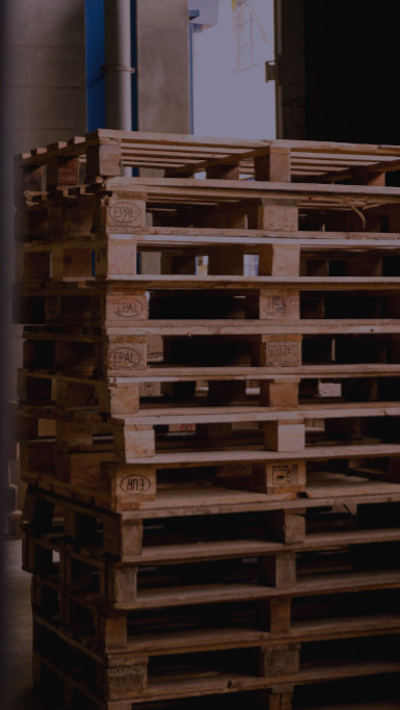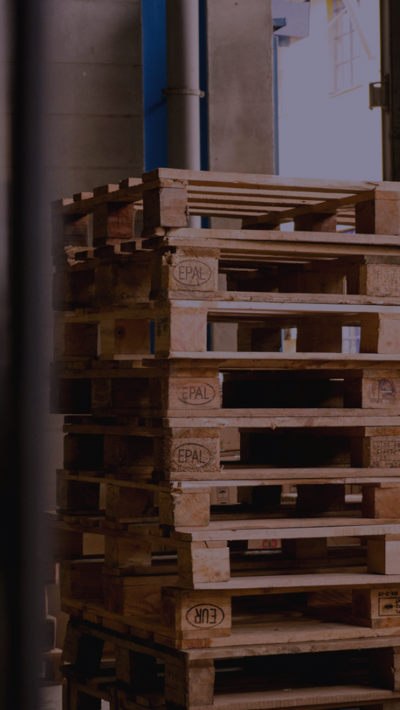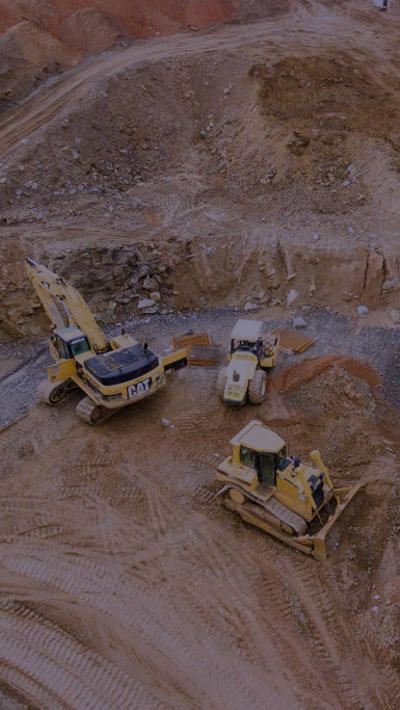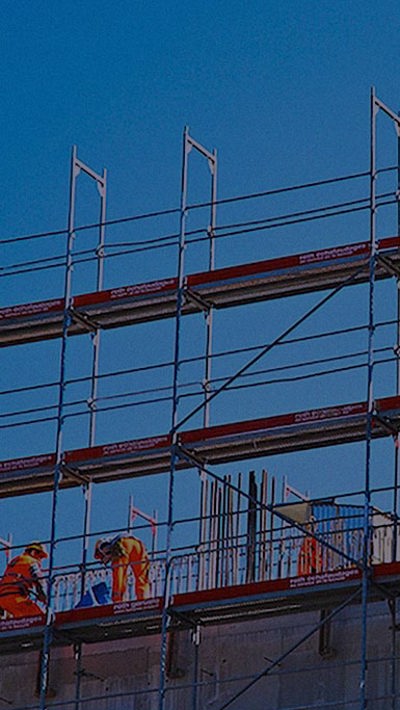Contents
Here we are, a little over two years since New Zealand was first put into lockdown, and early predictions of widespread business failure have not eventuated – at least, not yet.
Although trading remains tough for some sectors, liquidations and bankruptcies have been on a downward trend since the arrival of COVID-19 in New Zealand in early 2020 and into the first months of this year, and remain at consistently low levels.1
For much of 2020, and parts of 2021, the stoic buoyancy of struggling businesses was assisted by generous government support and historically low interest rates. And even now, many are remaining steadfast ahead of an increasingly difficult economy as that assistance has begun to disappear.
But there are risks ahead…
Rising inflation and interest rates, critical supply chain issues, together with the withdrawal of government support schemes, will likely return the country to normal, pre-COVID levels of business restructuring and insolvency – possibly off-setting, or even defeating, the relief provided to hospitality and tourism from the long-awaiting re-opening of the border.
These factors, combined with the recent downturn in property prices, are also likely to have significant effects on the construction industry.
Those businesses that have accrued significant debt over the past two years will be wary of the higher interest costs in particular, and should be pro-active in negotiating with their banks and being aware of their obligations regarding insolvent trading – especially with a significant Supreme Court decision due out soon on the implications of sections 135 and 136 of the Companies Act.
Litigation
Uncertainty around the future trading environment, including likely increased costs from inflationary and interest rate pressures and continued supply chain constraints, will highlight the need for directors to be acutely alert to business solvency risks.
The Supreme Court heard the appeal and cross-appeal of the Yan v Mainzeal proceeding in March 2022.2 The outcome is likely to provide clarity on the Court’s expectations for directors when assessing a company’s solvency position. We have separately summarised the key issues likely to be decided by the Supreme Court here. The Supreme Court judgment will have important implications for all company directors.

Legislation
Possible reform of sections 135 and 136 of the Companies Act 1993
The limitations of sections 135 and 136 were expressly recognised by the Court of Appeal in Yan v Mainzeal, with Goddard J stating:3
The legislation governing insolvent trading in New Zealand is unsatisfactory in a number of respects. The Act should be reviewed to ensure that it provides a coherent and practically workable regime for the protection of creditors where directors decide to keep trading in circumstances where a company is insolvent or near-insolvent.
Goddard J’s comments reflect the fact that sections 135 and 136 have not been closely considered by Parliament since they were introduced in 1993 – almost 30 years ago. Parliament’s single intervention in that time was the passage of a limited “safe-harbour” for certain decisions made by directors at the height of the COVID-19 crisis, but these were a temporary response to the global pandemic.
Regardless of the result in Mainzeal, it’s likely that the calls for reform of the reckless and insolvent trading mechanisms in the Companies Act 1993 will continue. The Supreme Court’s decision will provide certainty on how the Courts are to interpret sections 135 and 136 until such reform takes place.
There will therefore be no better time for Parliament to consider whether the balance has been struck in the right place. Questions of solvency are likely to be front of mind for directors facing wage increases, galloping inflation and increased borrowing costs – with the spectre of COVID-19 lockdowns remaining, for now, in the rear view mirror.
Incorporated Societies Act
A review of sections 135 and 136 is also timely given the introduction of the Incorporated Societies Act in April 2022. Despite Goddard J’s warnings, the Act adopts the language of sections 135 and 136 to create equivalent duties for officers of societies. During the third reading of the Bill, the opposition expressed its concerns that these sections were simply a “cut and paste” from the Companies Act, and referred expressly to Chapman Tripp's submission on the likely detrimental effect of this approach.

Changes to directors’ considerations
Although sections 135 and 136 remain off the table for now, changes to directors’ duties are on the Parliamentary agenda but in the form of a private members’ bill – the Companies (Directors Duties) Amendment Bill – which most expert opinion, including from Chapman Tripp, considers will achieve no practical effect.
As currently drafted, the Bill represents a missed opportunity to deal with the pressing solvency issues likely to be faced by directors in years to come.
Litigation funding
Finally, the Law Commission is expected to release its long-awaited report on Class Actions and Litigation Funding in 2022. Ensuring that the bounds of litigation funding are appropriately set is particularly important for actions taken by liquidators. Any funded action should provide a clear benefit to the company and its creditors, not just to the litigation funders. Any agreement between the liquidator and a funder will also need to ensure liquidators can adequately disclose their duties to the Court.
The Law Commission’s recommendations, combined with the outcome of the Mainzeal case (in which the liquidators are funded by litigation funder LPF) may provide increased impetus, and increased means, for liquidators to pursue actions against directors.
1 There were a combined 2916 administrations, receiverships and liquidations in the 24 months starting June 2020, compared to 3825 in the 24 months prior: New Zealand Companies Office “Latest company statistics – numbers of company incorporations, removals and insolvencies” (15 June 2022) Companies Office <companiesoffice.govt.nz/insights-and-articles/latest-company-statistics>.
2 Leave to appeal and cross appeal the Court of Appeal decision was granted by the Supreme Court in Yan v Mainzeal Property and Construction Limited (in Liquidation) [2021] NZSC 109, and the Supreme Court heard the appeals in March 2022. Chapman Tripp, with Jack Hodder QC, acted for the appellant directors before the Supreme Court.
3 Yan v Mainzeal Property and Construction Limited (in Liquidation) [2021] NZCA 99 at [12].
This article is part of our regular publication Restructuring & Insolvency: Rescue & Recovery. Read the other articles in this series below.

















































































































































